What Is B2B Content Marketing?


- By seo
- March 21, 2024
- 0 Comments
B2B (Business-to-Business) content marketing refers to creating and distributing valuable, relevant, and consistent content to attract and engage a target audience within the business or professional context.
This marketing approach provides information addressing businesses’ specific needs and challenges.
Using various content types such as blog posts, whitepapers, and videos, B2B content marketing aims to establish a company as an industry authority, nurture leads through the sales funnel, and drive profitable customer actions.
It relies on a multi-channel approach, including websites, social media, and email, and emphasizes measurable metrics to assess performance and return on investment.
The primary goal of B2B content marketing is to build brand awareness, establish credibility, nurture leads, and ultimately drive profitable customer action in the business-to-business environment.
Why Is Content Marketing Important For B2B Businesses?
Content marketing is crucial for B2B businesses because it delivers a high return on investment (ROI) with relatively low costs.
Unlike traditional advertising and events that may require significant financial investments, content marketing is cost-effective, considering mainly labor costs and potential expenses for content creation tools.
- The longevity of content adds to its value, as it continues to deliver benefits for months or even years after publication.
- Content marketing helps secure better search engine rankings, driving valuable organic traffic to the business’s website.
- Social media shares generated by compelling content contribute to increased brand awareness.
- Quality content earns backlinks, benefiting SEO and driving additional traffic to the website.
- Content marketing establishes the brand as an industry authority, showcasing expertise and knowledge.
- Building trust with prospects and customers is facilitated through consistently delivering valuable content.
- B2B content marketing allows businesses to gain a competitive edge over rivals in the market.
- By consistently delivering value, businesses can differentiate themselves and attract more attention.
- Content marketing in the B2B context is an inbound marketing channel.
- It aims to pull in leads naturally by earning the audience’s attention through delivering genuine value.
Content marketing in the B2B context is an inbound marketing channel.
This strategic and cost-efficient tool not only delivers a strong ROI but also helps businesses gain a competitive edge over rivals in the market.
Effective B2B Content Marketing Strategies
Right B2B content marketing strategies are crucial for engaging and attracting the right audience, building brand authority, and driving conversions.
Here are some of the most effective B2B content marketing tips –
1. Publish Industry Studies
Industry studies involve in-depth research and analysis of your business sector’s trends, challenges, or behaviors.
These studies provide original insights and data, positioning your brand as an authoritative source.
To execute this strategy, invest time in thorough research, gather relevant data, and present your findings well-structured and visually appealing.
Share the study through various channels, such as your website, social media, and industry publications.
Benefits
- Establishes your brand as an authority and thought leader.
- Attracts attention from industry professionals and media.
- Creates shareable and link-worthy content for SEO.
2. Send Out Weekly Newsletters
Newsletters serve as a consistent communication channel with your B2B audience.
Include a mix of curated and original content, industry news, and updates on your products or services.
Segment your email list based on customer preferences and behaviors to deliver personalized content.
Use compelling subject lines and visually appealing designs to encourage engagement. Track key metrics, such as open rates and click-through rates, to assess the effectiveness of your newsletters.
Benefits
- Build a direct and consistent communication channel with your audience.
- Nurtures leads and keeps your brand top-of-mind.
- It drives traffic to your website and specific content pieces.
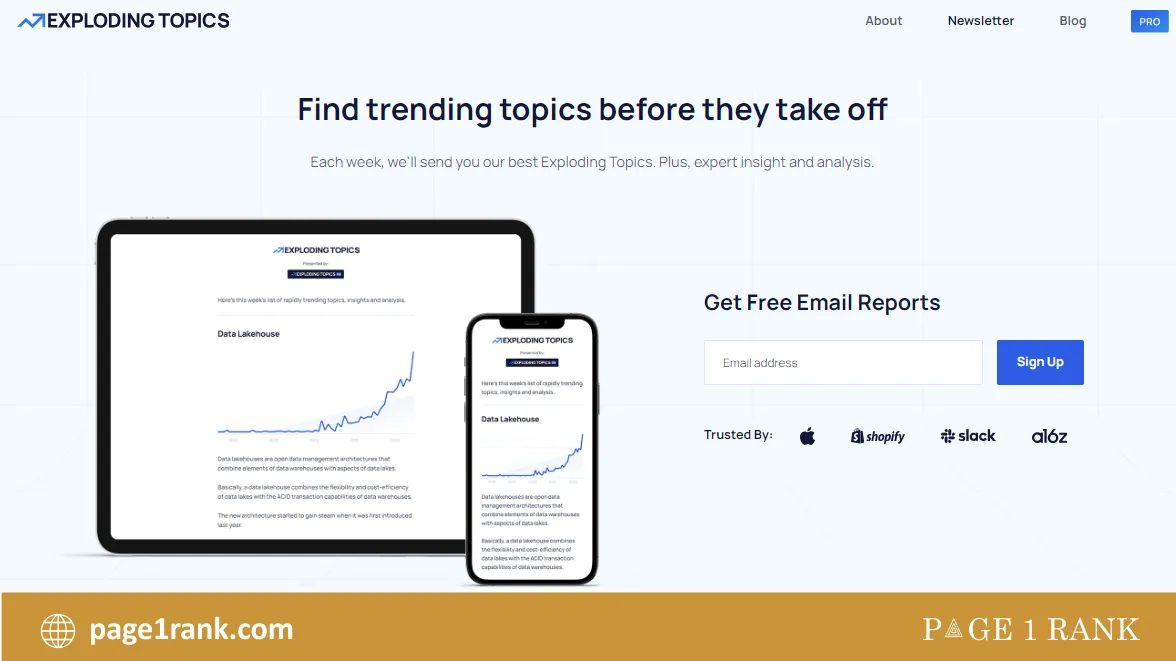
3. Test Out LinkedIn Content
LinkedIn is a powerful platform for B2B engagement. Test various content types like articles, posts, and videos to identify what resonates best with your audience—Leverage LinkedIn targeting options to reach specific demographics within the professional network. Engage with your audience through comments and messages.
Use analytics to measure the performance of your LinkedIn content and refine your strategy based on audience interactions.
Benefits
- Leverages LinkedIn’s professional audience for B2B engagement.
- Provides insights into effective content formats.
- Enhances brand visibility among industry professionals.
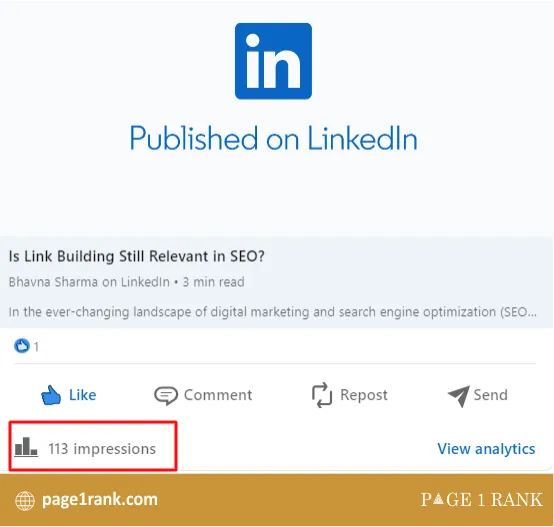
4. Create Complete Guides
Comprehensive guides are extensive resources that provide in-depth information on specific topics relevant to your industry.
These guides can be created in various formats, such as eBooks, whitepapers, or interactive online resources.
Conduct thorough research, incorporate visual elements, and ensure the guide addresses common pain points or challenges your target audience faces.
Promote the guides through your website, email campaigns, and social media.
Benefits
- Positions your brand as an authority in the industry.
- Attracts organic traffic through search engine optimization.
- Serves as evergreen content with long-term value.
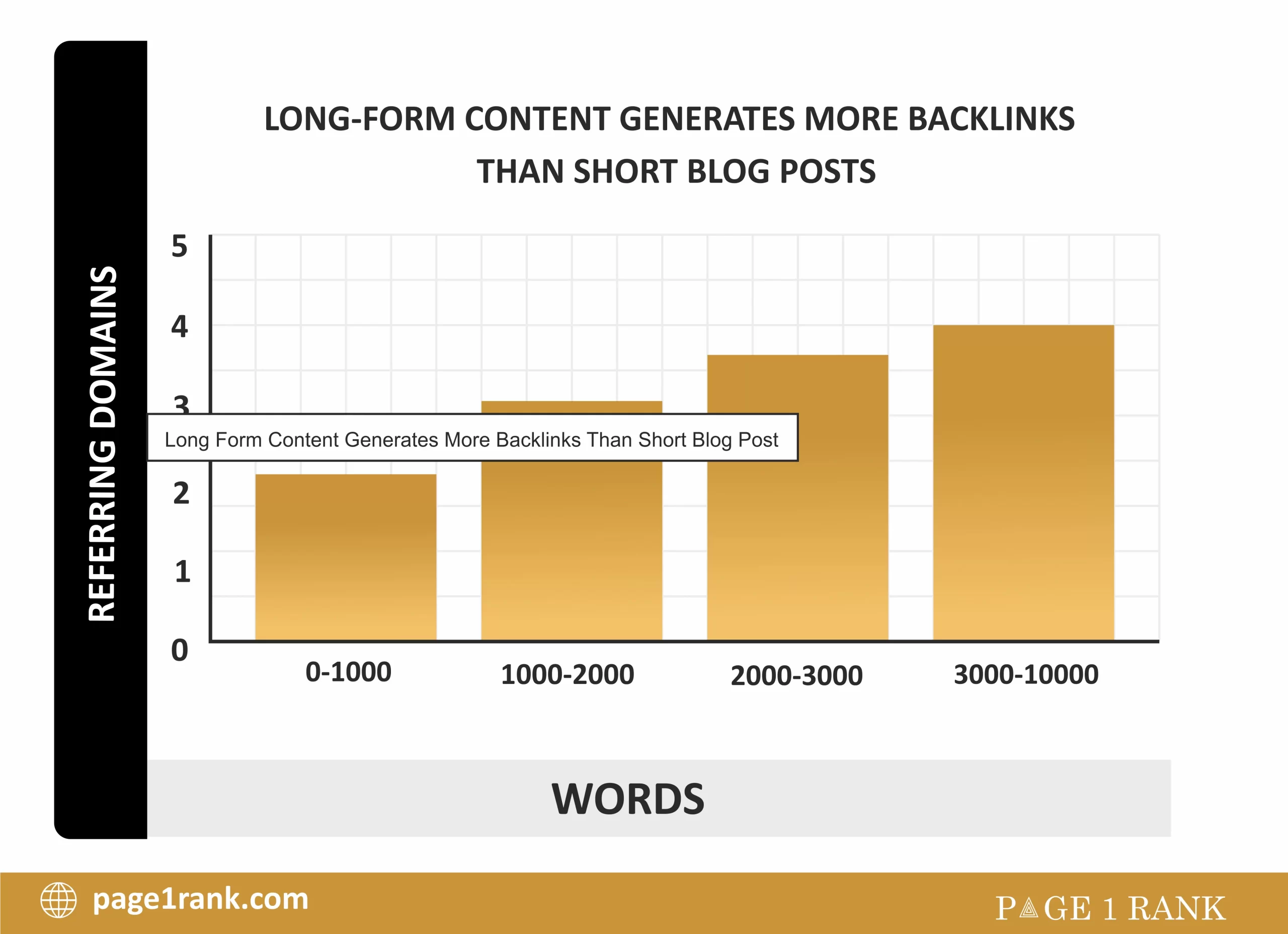
5. Invest In B2B Video Content
Video content is a highly engaging and versatile format for B2B marketing.
Create professional and informative videos that showcase your products, explain complex concepts, or share industry insights. Utilize platforms like YouTube, LinkedIn, and your website for video distribution.
Optimize videos for search engines by using relevant keywords and providing detailed descriptions. Measure engagement metrics, such as view duration and click-through rates.
Benefits
- Captures and retains audience attention effectively.
- Enhances brand personality and storytelling.
- Suitable for sharing on multiple platforms, expanding your reach.
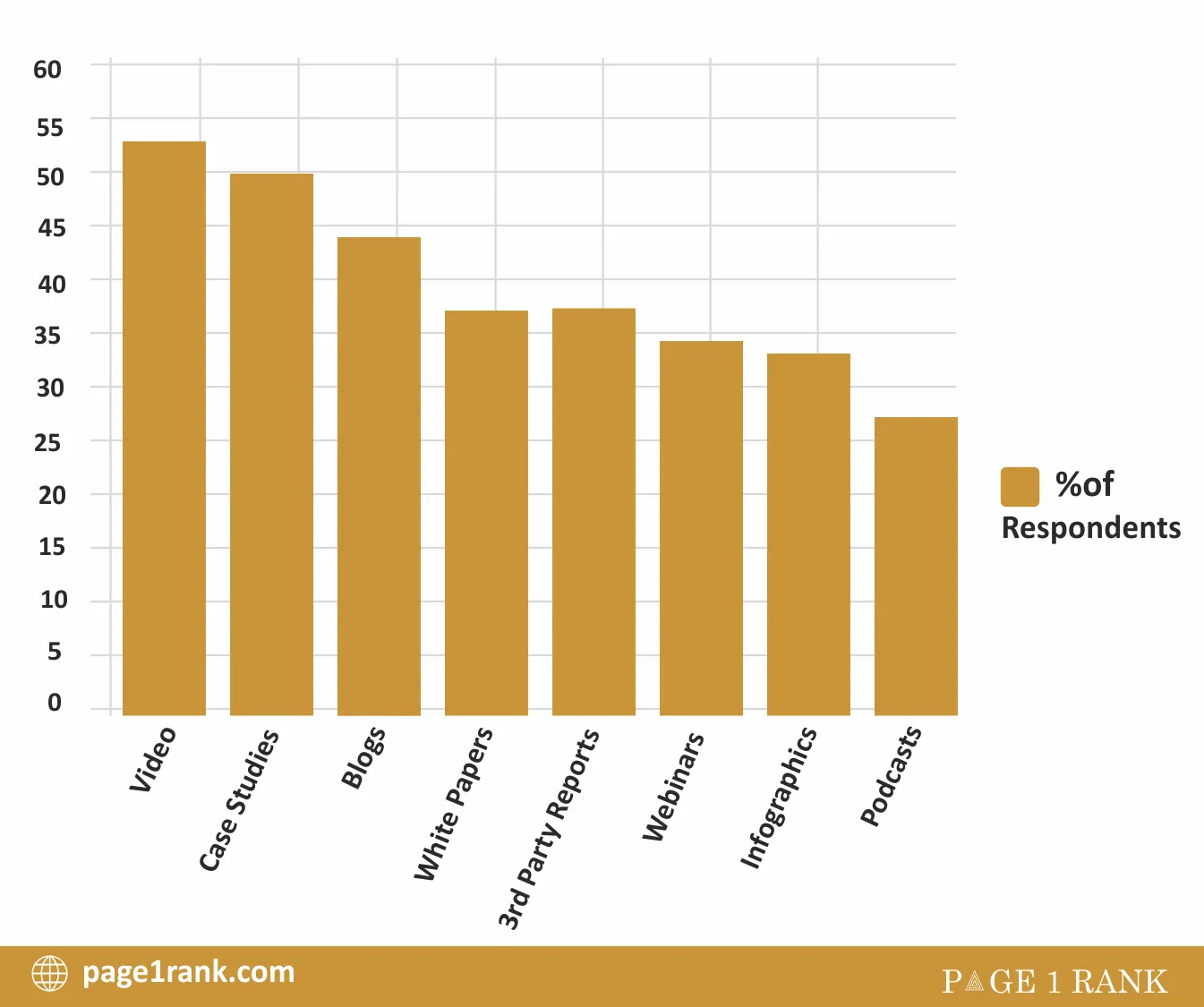
6. Promote Your Content With Email
Email marketing is a powerful tool for content promotion.
Design targeted email campaigns highlighting your latest content offerings, including blog posts, webinars, or case studies.
Use segmentation to tailor messages to specific audience segments.
Craft compelling subject lines and personalized content to increase open rates.
Monitor email analytics to assess the effectiveness of your campaigns and refine your approach based on audience behavior.
Benefits
- Targets a specific audience segment with personalized content.
- It drives traffic to your website and increases content visibility.
- Facilitates lead nurturing through targeted content distribution.
7. Focus On Commercial Intent Keywords
Commercial intent keywords are phrases that indicate a user’s readiness to make a purchase or seek a B2B solution.
Identify and target these keywords in your content to attract a more qualified audience.
Conduct keyword research using tools like Google Keyword Planner to discover relevant terms.
Create content that aligns with the buyer’s journey, addressing the specific needs and questions of potential customers at different stages.
Benefits
- Increases the likelihood of attracting high-quality leads actively searching for solutions.
- Improves the efficiency of your content marketing efforts.
- Aligns content with the buyer’s journey, guiding prospects toward conversion.
8. Find Fresh Topic Ideas
Keeping your content strategy fresh and relevant requires ongoing research and creativity.
Stay updated on industry trends, subscribe to relevant publications, and monitor social media discussions.
Conduct surveys or polls to understand your audience’s interests and challenges.
Use tools like Google Trends to identify emerging topics. Regularly revisit and update existing content to ensure its accuracy and relevance.
Benefits
- Keeps your content strategy dynamic and aligned with industry developments.
- Addresses evolving customer interests and challenges.
- Enhances your chances of being a go-to resource for up-to-date information.
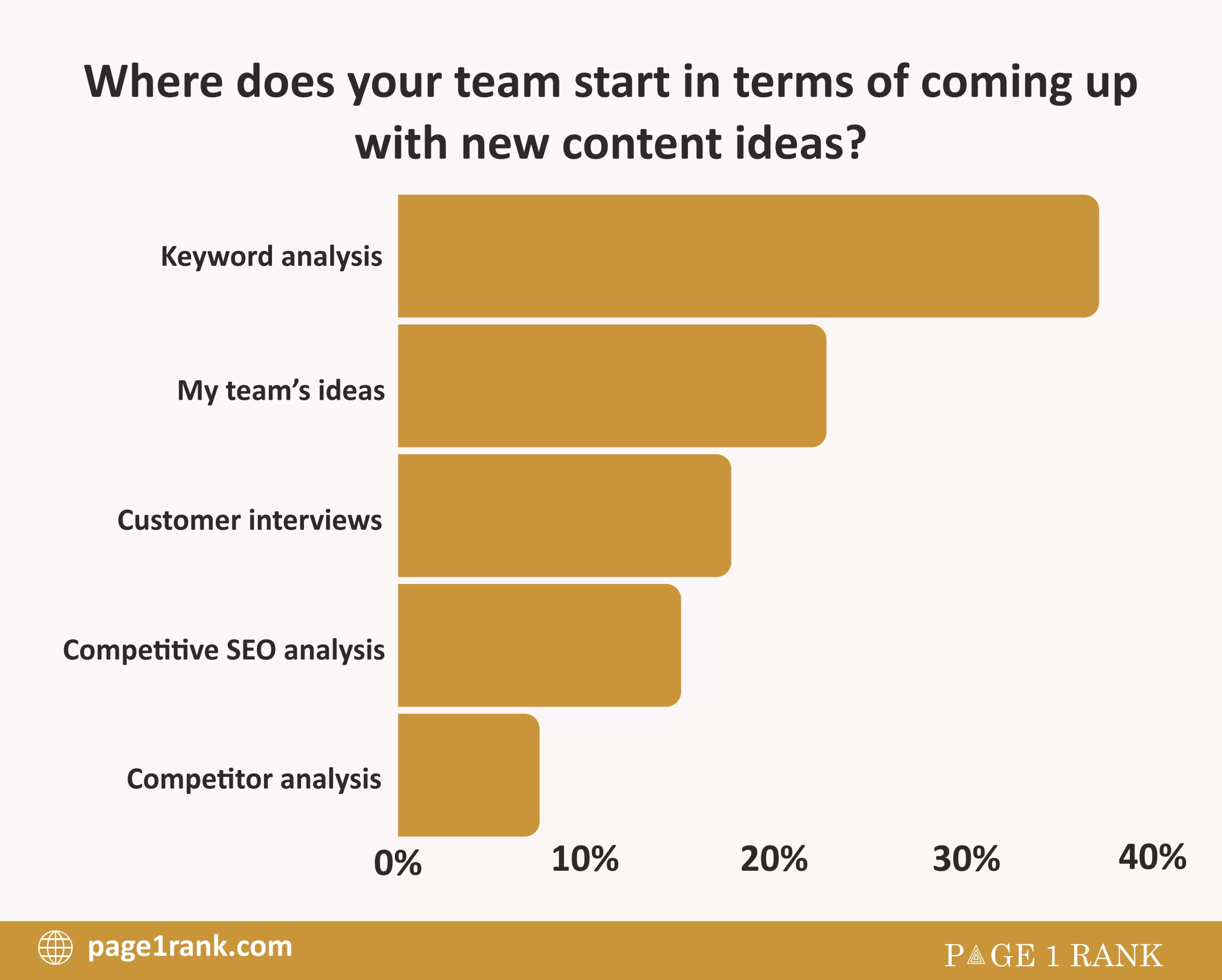
Implementing these strategies involves a strategic and data-driven approach.
By combining these tactics, B2B businesses can create a comprehensive and impactful content marketing plan that resonates with their target audience.
Best Practices For B2B Content Marketing
Effective B2B content marketing involves a combination of strategic planning, audience understanding, and consistent execution.
Here are some best practices for B2B content marketing –
1. Conduct Audience Research
Conduct thorough research to understand your target audience deeply.
Beyond demographics, focus on their pain points, challenges, motivations, and preferences.
Develop detailed buyer personas that encompass various aspects of your ideal customers.
2. Perform A Content Audit
Conduct a comprehensive content audit to assess the performance of your existing content.
Identify successful pieces, gaps in your content strategy, and areas that may need updating or repurposing.
This analysis informs future content creation efforts.
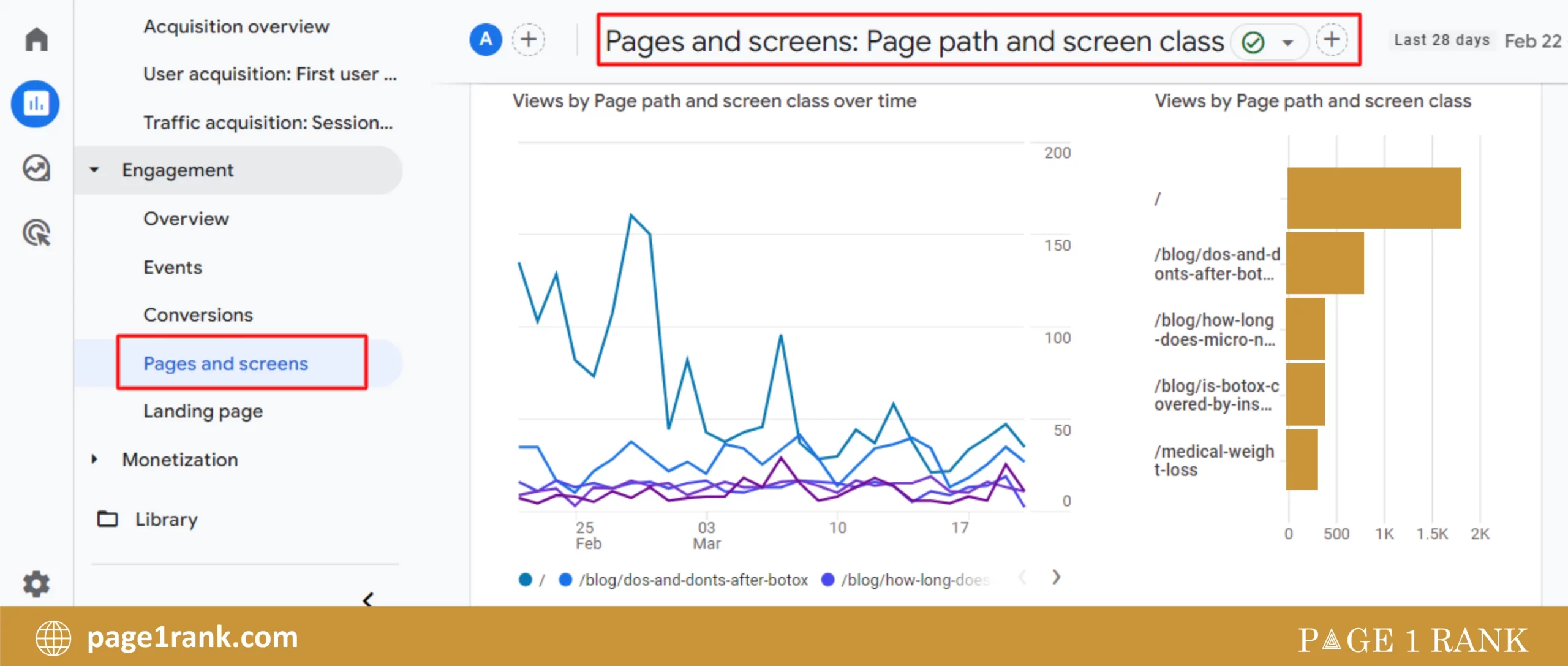
3. Create Content For All Phases Of The Marketing Funnel
Develop content that caters to each stage of the content marketing funnel.
At the awareness stage, create content that attracts attention and introduces your brand.
In the consideration stage, offer solutions and insights. At the decision stage, provide content that aids the purchasing decision.
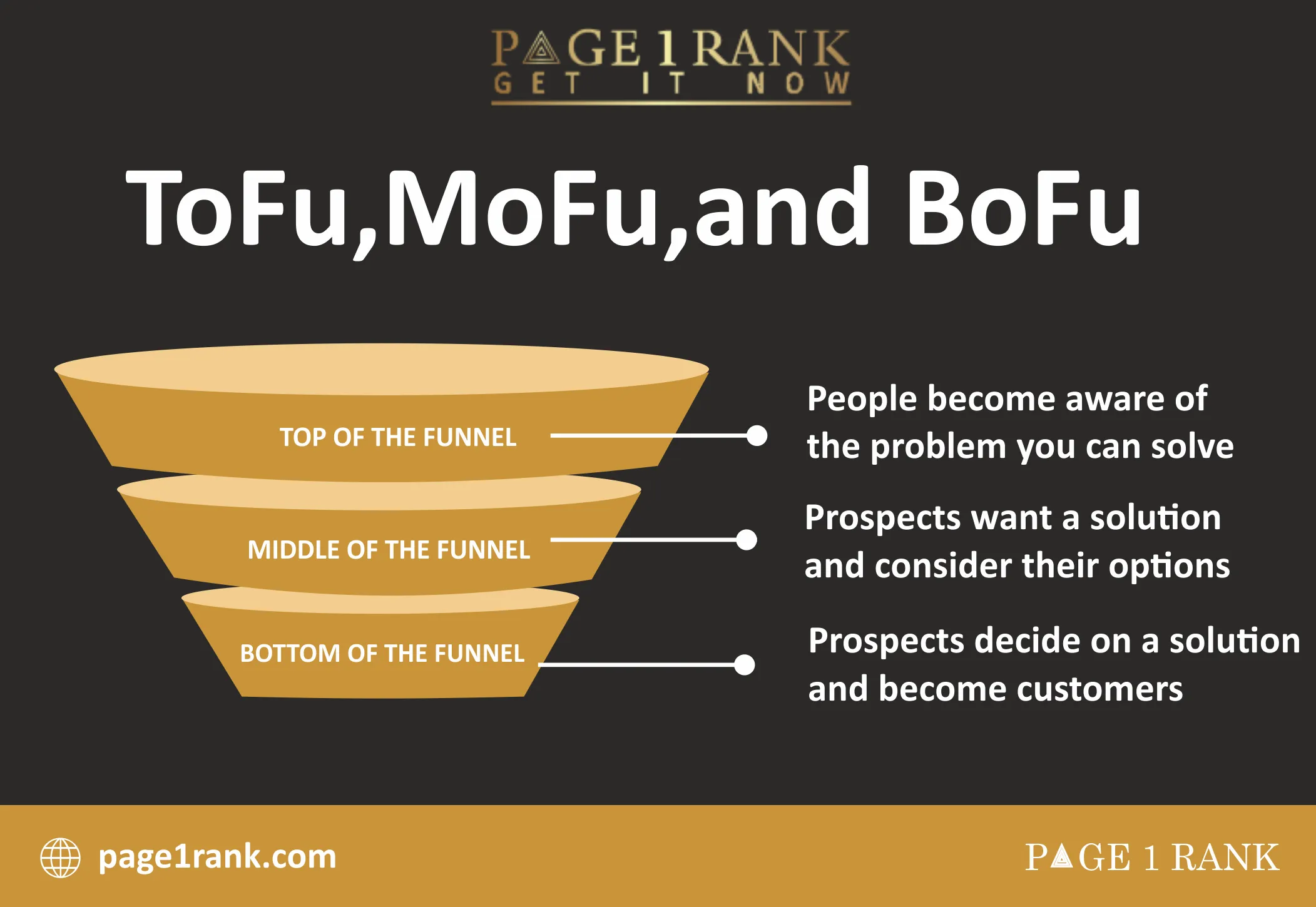
4. Experiment With Content Types
Keep your content strategy dynamic by experimenting with various formats and the most popular types of content marketing for B2B. Explore blog posts, videos, infographics, webinars, podcasts, and more.
Analyze performance metrics to understand which formats resonate best with your target audience.
Keep your content strategy dynamic by experimenting with various formats and the most popular types of content marketing for B2B.
Explore blog posts, videos, infographics, webinars, podcasts, and more. Analyze performance metrics to understand which formats resonate best with your target audience.
5. Build Topical Authority
Establish your brand as a thought leader by creating in-depth and authoritative content.
Dive into complex industry topics, share unique perspectives, and provide valuable insights beyond surface-level information. This builds trust and credibility.
6. Distribute Your Content Effectively
Utilize a multi-channel content distribution strategy to reach your audience across different platforms.
Leverage social media, email marketing, industry publications, and strategic partnerships.
Tailor your distribution plan to align with the preferences and behaviors of your target audience.
7. Document Your B2B Content Strategy
Documenting your content marketing strategy is essential for organizational alignment.
Create a comprehensive document outlining your goals, target audience details, content themes, distribution channels, and key performance indicators (KPIs).
This document serves as a roadmap for your team.
By implementing these best practices, B2B businesses can develop a robust content marketing strategy that resonates with their target audience, drives engagement, and ultimately contributes to business growth.
Difference Between B2B and B2C Content Marketing
B2B (Business-to-Business) and B2C (Business-to-Consumer) content marketing share fundamental principles.
Still, they differ in crucial aspects due to the distinct nature of their target audiences, purchasing processes, and overall business objectives.
Here are the main differences between B2B and B2C content marketing –
| Comparison Factors | B2B content marketing | B2C content marketing |
|---|---|---|
| Target Audience | Targets businesses and professionals. Decision-makers in B2B transactions are often multiple stakeholders, and the purchase decision is typically rational, based on business needs and return on investment. | Targets individual consumers. B2C content aims to resonate with emotions, desires, and personal preferences. Purchase decisions are often impulsive and influenced by factors like lifestyle and emotions. |
| Content Tone And Style | Content tends to be more formal, educational, and focused on providing in-depth information. The tone is professional, and the content often addresses complex business challenges and solutions. | Content is more casual, entertaining, and emotionally driven. B2C content focuses on connecting with consumers, evoking emotions, and highlighting lifestyle benefits. |
| Content Complexity | Content is often complex, addressing detailed product specifications, industry trends, and in-depth analyses. B2B buyers require comprehensive information to make informed decisions. | Content is generally more straightforward. It emphasizes a product’s or service’s benefits, focusing on how it meets the consumer’s immediate needs or desires. |
| Purchase Decision Process | Involves a more extended and complex decision-making process. Multiple stakeholders are often involved, and the purchase decision may require thorough evaluations, consultations, and negotiations. | Decision-making is typically shorter and more straightforward. Consumers often make purchase decisions based on personal preferences, emotions, and immediate needs. |
| Relationship Building | Focuses on building long-term relationships. B2B content marketing often includes educational resources, thought leadership content, and ongoing communication to foster trust and credibility. | Relationship building is essential, but the emphasis is often on immediate transactions. B2C content aims to create a positive and memorable customer experience to encourage repeat business. |
| Channels And Platforms | Utilizes professional platforms, industry publications, and targeted B2B events for content distribution. LinkedIn is often a key platform for B2B content marketing. | Leverages mainstream social media platforms, e-commerce websites, and traditional media channels for content distribution. Platforms like Instagram, Facebook, and YouTube are commonly used. |
| Content Goals | Content goals often include lead generation, lead nurturing, building brand authority, and supporting the sales process over the long term. | Content goals focus on driving immediate sales, creating brand awareness, and fostering brand loyalty through positive customer experiences. |
Understanding these differences is crucial for tailoring content marketing strategies to the specific needs and behaviors of B2B and B2C audiences, maximizing the effectiveness of marketing efforts in each context.
Elevate Your Content Game And Transform Clicks Into Conversions
Move beyond ordinary content creation. Partner with Page1Rank to build a digital legacy through strategic, impactful storytelling.
Our content marketing experts shape narratives that leave an indelible mark on your audience and establish your brand as a leader in the digital landscape.
FAQs on B2B Content Marketing:
1. How Do You Make B2B Content?
Crafting B2B content involves understanding your target audience, conducting thorough research, and tailoring content to address specific business needs.
It includes creating informative blog posts, in-depth industry guides, case studies, and multimedia content that aligns with the buyer’s journey.
2. What Makes B2B Content Successful?
Successful B2B content is characterized by relevance, value, and a deep understanding of the target audience.
It addresses specific pain points, provides solutions, and establishes the brand as an industry authority.
Consistency, authenticity, and strategic distribution also contribute to the success of B2B content.
3.What Are B2B SEO Services?
B2B SEO services focus on optimizing a business’s online presence to attract and engage other businesses.
This includes keyword research, on-page optimization, link building, and content creation to enhance search engine rankings.
The goal is to increase visibility, generate high-quality leads, and improve the overall online presence in the B2B space.
4. How Do We Increase Engagement With B2B Clients?
Increasing engagement with B2B clients involves understanding their unique needs and preferences.
Strategies may include personalized and targeted content, interactive webinars, networking events, and thought leadership initiatives.
Building a robust online community, providing valuable resources, and maintaining clear communication also enhance engagement with B2B clients.

